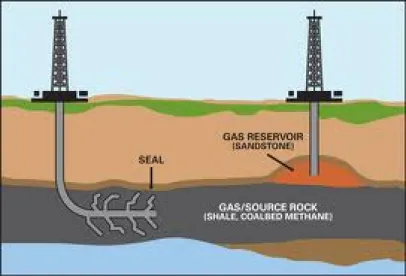California’s Division of Oil, Gas, and Geothermal Resources just issued final interim regulations (effective January 1, 2014) to implement California’s new fracking statute (SB 4), with permanent rules to follow by January 2015.
The Division’s interim regulations are supported by a narrative description that provides the Division’s view of fracking, including the differences between hydraulic fracking, acid fracking and acid matrix stimulation, a brief summary of pre SB 4 requirements and summarizes the SB 4 interim operator requirements. The interim regulations distinguish well stimulation (which is subject to the regulations) from mere underground injection. These regulations overlay an existing regulatory framework in California on oil and gas wells that is not specific to fracking and which contains requirements not included in the interim regulations.
The interim requirements include:
-
A definition of well stimulation (“treatment of a well designed to enhance oil and gas production or recovery by increasing the permeability of the formation”) and description of it as a short term and non-continual process for the purposes of opening and stipulating channels for the flow of hydrocarbons. The interim regulations describe actions as not well stimulation, including routine well cleanout work and underground injection projects.
-
No requirement that the operator obtain Division approval, but the operator cannot undertake the well stimulation unless it has submitted a written Treatment Notice form 10 days in advance, which the Division must certify as complete. The operator must also give notice to the Division of well stimulation at least 72 hours in advance.
-
Confirmation of the obligation to retain a third party (i) to identify and give notice to nearby property owners and tenants (within 1500 foot radius of the wellhead or within 500 feet of the horizontal projection of the subsurface parts of the well) and (ii) to sample groundwater if requested by the neighboring property owner. In this regard, nearby property owners are entitled to demand water quality testing.
-
Disclosure within 60 days following the end of well stimulation treatment of information regarding the composition and disposition of well stimulation fluids.
-
Operator requirements including spill contingency plans to address the handling of well stimulation fluid and additives.
SB 4 and the interim regulations also addresses the manner in which trade secrets are to be handled. Information regarding the chemical composition of well stimulation fluids must be submitted to the Division, although it can be marked as a trade secret. There are provisions as to what will happen if the Division does not agree or there is third party demand for the information, including ensuring that a supplier can move for a preliminary injunction before the information is released.




 />i
/>i
